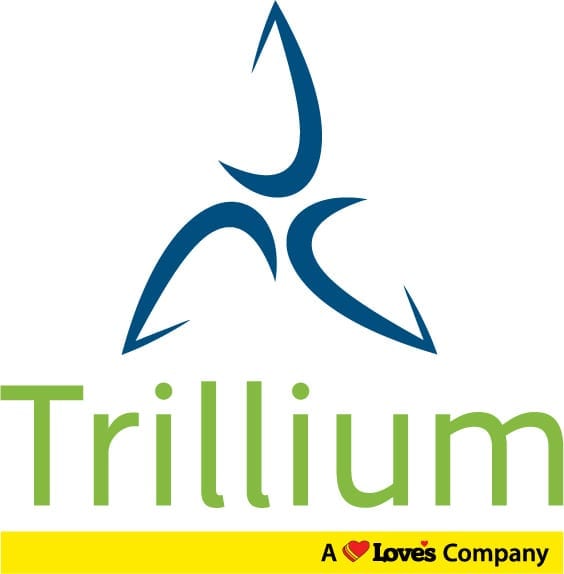For 20 years, Trillium CNG has been one of the country’s largest providers of compressed natural gas and CNG services. And until recently, CNG was the fuel of choice for many transit and fleet operators.
But times are changing. Just as CNG hit its stride as an alternative fuel in 2010, electric batteries and hydrogen fuel cells are expected to claim ever-growing pieces of the heavy-duty vehicle market in the years to come. And more infrastructure is needed to support those new vehicles.
Trillium CNG is dropping the CNG from its name.
“Our goal is to continue to support new alternative fuels, like CNG, and more recent alternative vehicles such as electric and hydrogen fuel cell vehicles,” said Bill Cashmareck, managing director of Trillium, based in Houston.
The name change, he said, “is to leverage the brand equity that Trillium has with certain customer bases and expand into new fuels and services and solutions our customers are starting to demand.”
“Our goal is to continue to support new alternative fuels, like CNG, and more recent alternative vehicles such as electric and hydrogen fuel cell vehicles.”
Bill Cashmareck, Managing Director, Trillium
Those customers include some of the largest transit agencies in the country, such as New York City Transit and Metropolitan Transportation Authority and Orange County Transit Authority in Southern California, the latter of which will be incorporating battery electric and hydrogen fuel cell buses into its fleet. They also work with refuse haulers and trucking fleets, many of which are also exploring fuels other than CNG.
Cashmareck said his company is exploring ways to help its customers take care of lifecycle emissions, not just what’s coming out of the tailpipe.
CNG paired with renewable natural gas means “we have now taken a gas that would otherwise emit to the atmosphere and cleaned it up,” he said.
Cashmareck said Trillium can help reduce lifecycle emissions for battery electric vehicles by using renewable natural gas, as well as solar panels, to generate electricity that can power BEVs. In the future, Trillium may also use reformed natural gas, as well as solar panels, to create hydrogen that can power fuel cell vehicles.
Trillium isn’t currently creating electricity or hydrogen, but “it is our intent to play in all pieces of those value chains in all alternative fuels in the future,” Cashmareck said.
Cashmareck said Trillium can help reduce lifecycle emissions for battery electric vehicles by using renewable natural gas, as well as solar panels, to generate electricity that can power BEVs.
Trillium is best known as a retail operator of CNG stations, many of which operate under the Love’s brand. Through a new partnership with EV Connect, Trillium is outfitting four Love’s Travel Stops in California with a combination of DC and level 2 electric vehicle chargers. Each station, Cashmareck said, can charge up to six vehicles at once.
Love’s stops in Tulare, Ripon and Coachella will get the new EV Connect stations, which are currently in the design and development stage. The location of the fourth station has not been announced.
Trillium is also partnering with the Orange County Transportation Authority to build its first hydrogen fueling station at an agency bus depot in Santa Ana. Like many hydrogen stations in California, the OCTA depot will truck in the liquid hydrogen. The station is expected to be under construction by summer and is being built in partnership with hydrogen outfitter Air Products.


